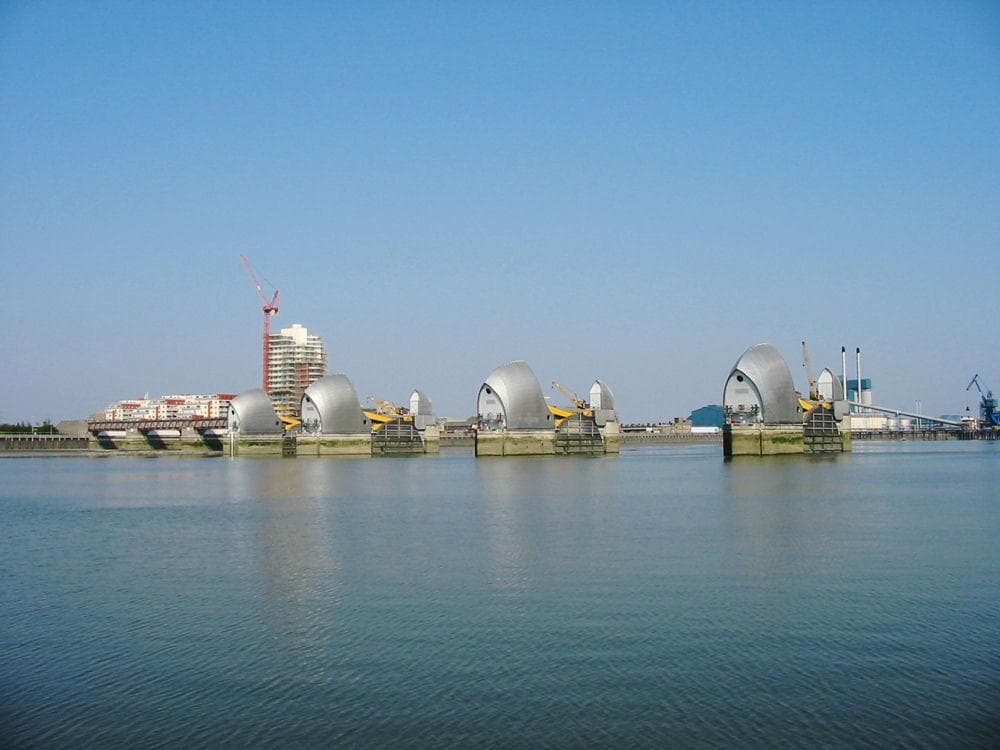The focus of the UN-led initiatives regarding climate change has been almost exclusively on mitigation programs, although attention is now turning toward adaptation as well. This is a timely and welcome change, though mitigation is still the primary objective.
The climate of the earth has changed continually over the period of history we have been able to study, cycling between glacial and interglacial periods. Within the interglacial periods, such as the current Holocene, there have been cycles of lesser magnitude and duration, such as the Roman and Medieval Warm Periods and the Little Ice Age. It is only over the most recent ~70 years that the concept of a human contribution to these climate cycles and changes has been contemplated; and, over the most recent ~40 years that efforts to mitigate the human contribution have been devised and implemented.
However, the stark reality is that none of the mitigation efforts have demonstrated any success in slowing, halting or reversing the perceived changes in the climate resulting from the human contribution, no less the changes resulting from natural variation. The UN, through the UNFCCC and the IPCC, has been encouraging the nations of the globe to make Herculean efforts to reduce emissions of “GHGs”, but their achievements have so far fallen short of their commitments; and, far short of the achievements believed to be necessary to halt and reverse the perceived human contribution. Pleas for increased “ambition” have been largely ignored.
Humans have a long history of successful adaptation, including to weather events and climate changes. Humans moved into caves, constructed lean-to shelters and tents, built elevated shelters for protection from animals and discovered fire to warm themselves and cook their food. Humans progressed from nomadic hunter-gatherers to farming and animal husbandry. They developed progressively more capable and useful tools for hunting, farming and construction.
Humanity has accumulated records of historical precipitation, seasonal temperatures, frost and freeze dates and growing season duration which assist in crop selection and planting dates. We have also developed approaches to extending growing seasons, such as greenhouses and shade structures. We have learned to dam rivers and streams to impound water for our own consumption, animal consumption and for crop irrigation. We have developed insect, disease and drought resistant crop plants which allow increased yields.
Satellites have made it possible to identify potential weather threats sufficiently in advance to permit orderly evacuations, which have resulted in drastically reduced loss of life from weather events. Observations have established areas most likely to be affected by various types of weather events and the periods during which they are most likely to occur, facilitating advanced preparation. Construction materials and designs have improved the resistance of buildings to weather events.
Regardless of human progress on weather and climate adaptation, humans persist in living in and investing in areas prone to adverse weather and climate change impacts. Increasing property values and continuing investment increase the economic value of at-risk property and thus the potential economic losses from adverse weather events, or ultimately from climate change.
